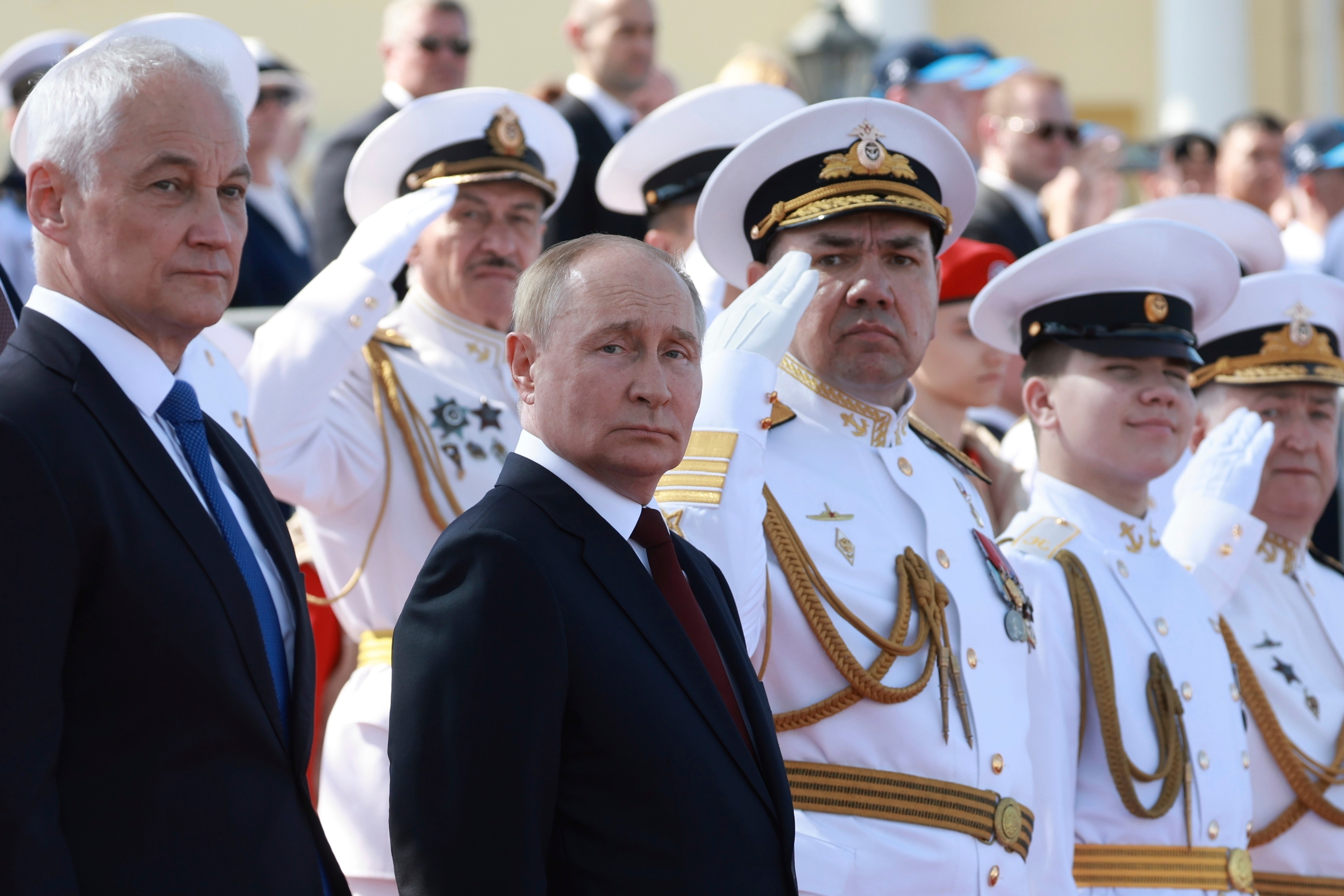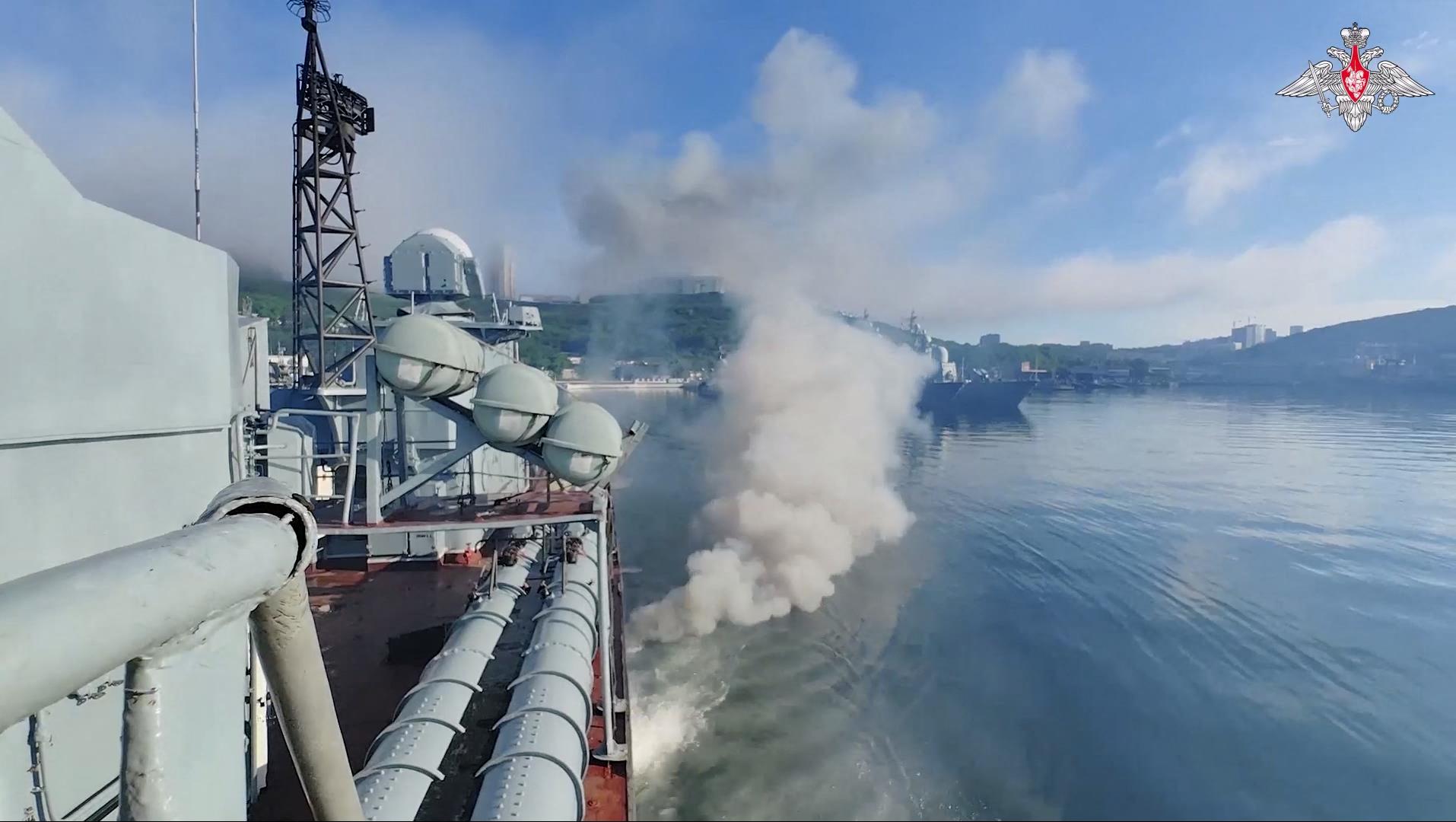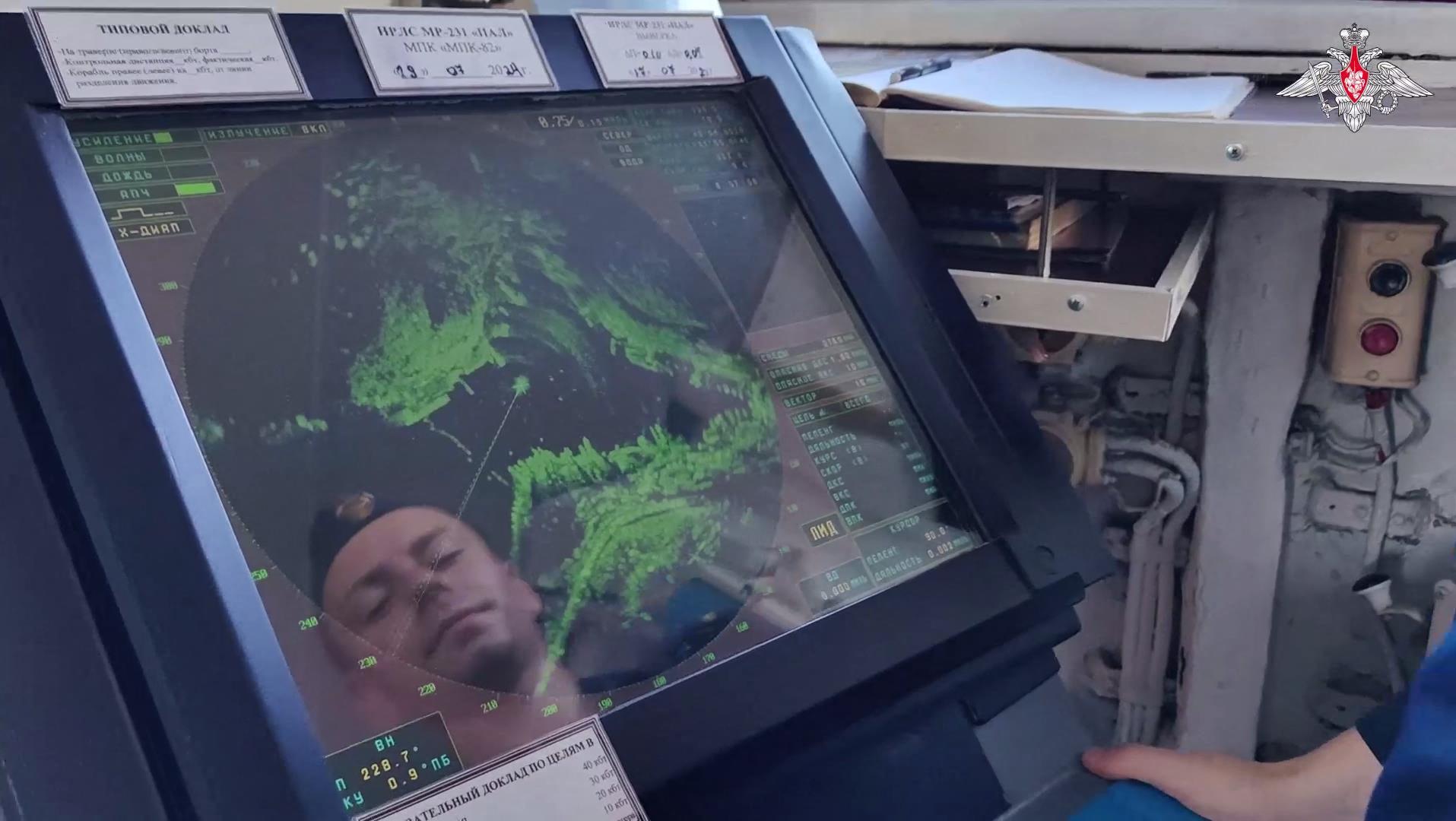What are the huge naval drills Russia is carrying out?
Vladimir Putin’s forces are conducting naval drills in the Pacific and Arctic Oceans, and Baltic and Caspian seas

Your support helps us to tell the story
From reproductive rights to climate change to Big Tech, The Independent is on the ground when the story is developing. Whether it's investigating the financials of Elon Musk's pro-Trump PAC or producing our latest documentary, 'The A Word', which shines a light on the American women fighting for reproductive rights, we know how important it is to parse out the facts from the messaging.
At such a critical moment in US history, we need reporters on the ground. Your donation allows us to keep sending journalists to speak to both sides of the story.
The Independent is trusted by Americans across the entire political spectrum. And unlike many other quality news outlets, we choose not to lock Americans out of our reporting and analysis with paywalls. We believe quality journalism should be available to everyone, paid for by those who can afford it.
Your support makes all the difference.Russia has commenced major naval exercises involving most of its fleet, which is widely considered to be the third most powerful in the world after the United States and China.
The exercises – which involve Russian forces spread across thousands of miles – come a day after annual navy day celebrations were held in Russia, with president Vladimir Putin addressing a parade in the former imperial capital of St Petersburg.
In his speech to sailors on the 328th anniversary of the Russian navy’s founding, also attended by crews from China, Algeria and India, Mr Putin had threatened to deploy new missiles within striking distance of the West if Washington presses ahead with plans to deploy long-range missiles in Germany.

But the developments come as Russia’s navy has suffered a series of embarrasing setbacks in Crimea at the hands of Ukraine’s military, with Mr Putin’s prized Black Sea fleet notably absent from this week’s naval drills amid claims it has been forced to retreat from the illegally annexed peninsula.
Here The Independent takes a look at what Russia’s naval drills entail:
Where are the drills taking place?
The pre-planned exercises involve most of Russia’s fleet in the Arctic and Pacific oceans, as well as in the Baltic and Caspian seas, according to Moscow’s defence ministry.
“Units and formations of the Russian Navy have begun conducting planned exercises in the operational zones of the Northern, Pacific and Baltic Fleets, as well as in the area of responsibility of the Caspian Flotilla,” the ministry said.
The only Russian fleet not taking part is the Black Sea fleet, which has struggled to adapt to dynamic modern drone wafare and has suffered heavy losses since Mr Putin’s full-scale invasion of Ukraine.
Kyiv claimed earlier this month that the fleet had been forced to retreat from Crimea, after its commander was reportedly sacked in February, having himself replaced his predecessor only in August 2022 after Ukraine sank the flagship Moskva warship.

Why are the exercises taking place?
Moscow frequently carries out military drills and parades, as an intended show of strength to both its own population and its adversaries – as it engages in full-scale war against Ukraine and shadowy attempts to undermine the Nato military alliance, which Moscow views as having long encroached on its own borders.
In the past two months alone, Russia has conducted joint military drills with China, in addition to a series of mobile nuclear missile launcher drills and tactical nuclear weapons deployment exercises. It has also increased military training with Belarus, conducting a series of comprehensive drills.

Russia’s defence ministry said the main purpose of the scheduled exercises this week – which are set to last for “several days – is to “check the actions of the military authorities of the navy at all levels”.
The drills will also check “the readiness of the crews of ships, units of naval aviation and coastal troops of the Russian navy to perform tasks”, the ministry said.
How large are the drills and what will they involve?
The military exercises will include some 20,000 personnel, Russia’s defence ministry claimed.
Around 300 surface ships and boats, submarines and support vessels, some 50 aircraft and more than 200 units of military and special equipment will be involved in the combat training, the ministry said. Russia has a significant ballistic-missile nuclear submarine fleet.
The drills will include over 300 combat exercises “with live fires”, including practicing the use of anti-aircraft missiles, artillery, anti-submarine weapons and “passive interference, it added.



Join our commenting forum
Join thought-provoking conversations, follow other Independent readers and see their replies
Comments